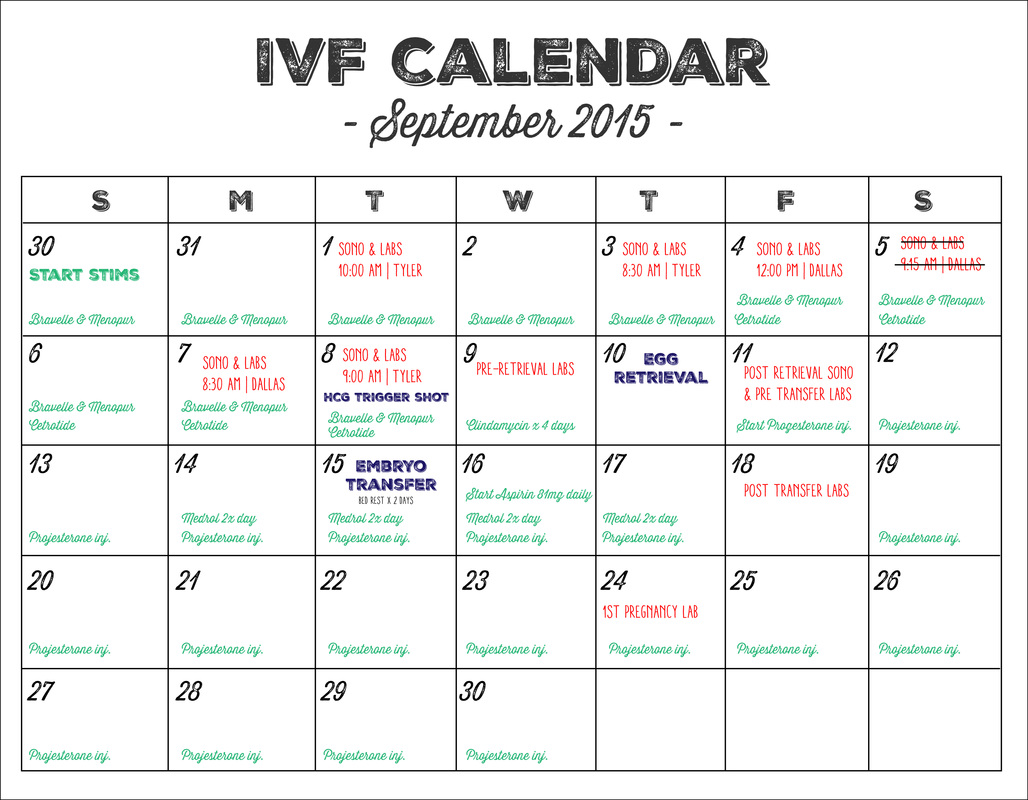

There are also a number of health risks involved, including: IVF doesn't always result in pregnancy, and it can be both physically and emotionally demanding. You should be offered counselling to help you through the process. Maintaining a healthy weight and avoiding alcohol, smoking and caffeine during treatment may improve your chances of having a baby with IVF. The Human Fertilisation and Embryo Authority (HFEA) has more information about in vitro fertilisation (IVF), including the latest success rates These figures are for women using their own eggs and their partner’s sperm, using the per embryo transferred measure. In 2019, the percentage of IVF treatments that resulted in a live birth was: IVF isn't usually recommended for women over the age of 42 because the chances of a successful pregnancy are thought to be too low.

Younger women are more likely to have a successful pregnancy. The success rate of IVF depends on the age of the woman having treatment, as well as the cause of the infertility (if it's known). Once the embryo(s) has been transferred into your womb, you'll need to wait 2 weeks before taking a pregnancy test to see if the treatment has worked. transferring the embryo(s) – 1 or 2 fertilised eggs (embryos) are placed into your womb.fertilising the eggs – the eggs are mixed with the sperm for a few days to allow them to be fertilised.collecting the eggs – a needle is inserted through your vagina and into your ovaries to remove the eggs.monitoring your progress and maturing your eggs – an ultrasound scan is carried out to check the development of the eggs, and medicine is used to help them mature.helping your ovaries produce extra eggs – medicine is used to encourage your ovaries to produce more than 1 egg at a time.suppressing your natural cycle – your menstrual cycle is suppressed with medicine.Read more about getting started with IVF. If these measures don't work, your GP can refer you to a fertility specialist for a treatment such as IVF.
#Fet success rate how to#
They can advise on how to improve your chances of having a baby. If you're having trouble getting pregnant, you should start by speaking to your GP. Costs vary, but 1 cycle of treatment may cost up to £5,000 or more. If you're not eligible for NHS treatment, or you decide to pay for IVF, you can have treatment at a private clinic.

However, the final decision about who can have NHS-funded IVF in England is made by local integrated care boards (ICBs), and their criteria may be stricter than those recommended by NICE. Or who have had 12 cycles of artificial insemination, with at least 6 of these cycles using a method called intrauterine insemination (IUI). These guidelines recommend that IVF should be offered to women under the age of 43 who have been trying to get pregnant through regular unprotected sex for 2 years. The National Institute for Health and Care Excellence (NICE) fertility guidelines make recommendations about who should have access to IVF treatment on the NHS in England and Wales. It can be carried out using your eggs and your partner's sperm, or eggs and sperm from donors. The fertilised egg, called an embryo, is then returned to the woman's womb to grow and develop. In vitro fertilisation (IVF) is one of several techniques available to help people with fertility problems have a baby.ĭuring IVF, an egg is removed from the woman's ovaries and fertilised with sperm in a laboratory.


 0 kommentar(er)
0 kommentar(er)
